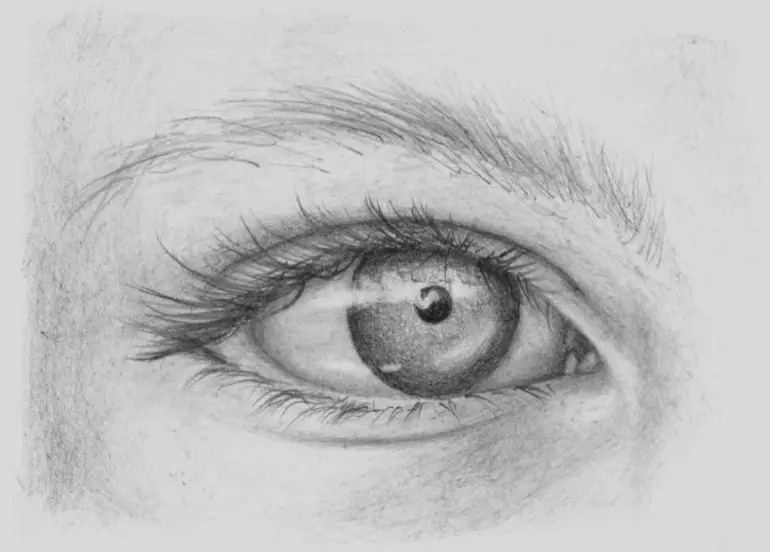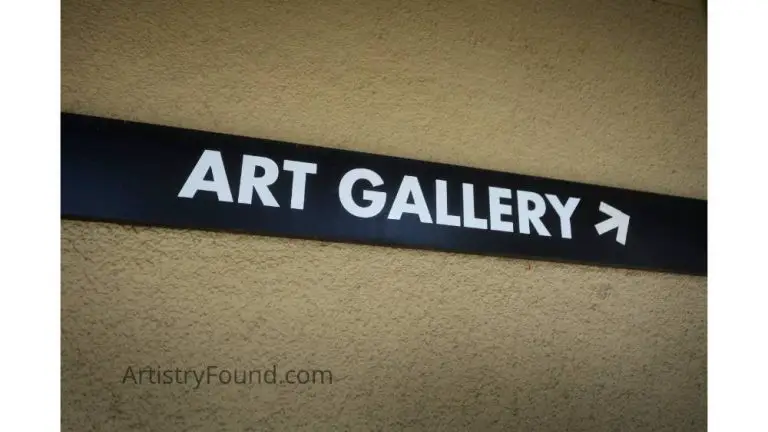Is Buying Art a Tax Deductible Expense? (Explained)
Art and tax deductions have a strong connection in the minds of many, and it may seem that artwork is a great way to score some deductions. But nothing is that easy in the world of taxes, and it doesn’t quite work that way with business. So is buying art tax deductible?
Buying art is not a tax-deductible expense. Professional artists, dealers, and investors can avail themselves of favorable tax treatment, but this is not a general way to get tax deductions for the average art buyer.
Let’s take a look at the rules surrounding deductions and case tax law that can help you determine the tax deductions and bonuses that can flow to you. We’ll also look at some common mistakes that can be made when thinking about taxes and buying art.
Disclaimer: I am not a tax professional, and you should consult a CPA to determine the ramifications of taxes or deductions on your art purchases. For convenience, I have extensively linked out directly to the sources of the information in this post.
Art Purchases and Deductions

(This article may contain affiliate links and I may earn a commission if you make a purchase)
A tax-deductible expense is any expense that is considered ordinary, necessary, and reasonable that helps a business to generate income.
This definition will already be raising red flags when considering the purchase of artwork as a way to lower your personal or business tax burden.
There is some blurring of the lines when art is contrasted with antiques. For example, antique desks that are used for work could open up some deductions.
The other big consideration by the IRS is whether you are making money from the process, or you are better classified as a hobbyist. The latter will not mean much in terms of deduction availability or any other favorable tax treatment.
Artists, Dealers, and Investors
If your actual job is related to the art world, in that you are an artist creating or an investor acquiring and preserving art, then there are a large range of deductions and tax write-offs possible.
This is only ever going to come into effect if you are actually making money off the creation or selling of the artwork, see the tax case titled Barcus v Commissioner 32 TCM (CCH) 559, 673 for more information.
However, collectors are not in this same category, and nor would other purchases of art qualify. In order for the IRS to be satisfied you fall into the above categories, you need to be pursuing collecting artwork as more than a hobby.
Most people who buy and sell artworks are going to fall into the latter category of the collector. This has the downside of not being eligible for many deductions or favorable tax treatment. The only caveat for this is when selling or giving collections to charity.
The issue is often appreciation, or the rising value of an artwork. If appreciated art is sold by a collector, then this gain in value is treated as income, meaning a tax burden is generated.
Some collectors use trusts to get around this issue, or the art collector can take a charitable deduction on their individual income tax return.
The IRS has a whole list of questions that they’ll expect you to answer to prove that you’re an artist rather than a hobbyist, that is that you are primarily profit-motivated rather than just indulging in the art for aesthetic purposes only.
These questions ask whether you’ve made a profit in three of the last five years, whether you depend on the income, whether you keep detailed records, and many more questions.
Art Depreciation & Deduction

One of the main ways to claim a tax break, exemption, or credit is via depreciation on assets. Depreciation is defined as “an annual income tax deduction that allows you to recover the cost or other basis of certain property over the time you use the property” per the IRS.
However, not all property can be depreciated. For example, artwork including paintings and sculptures do not qualify for a depreciation deduction because they don’t wear out or get consumed through their use in a business.
Without the item undergoing this process of becoming obsolete or being used up completely, artwork fails at one of the principal requirements to take a depreciation deduction.
Consider a classic example of a doctor’s office with pottery, paintings, and other pieces of art in the consulting rooms. In the end, a court held that the artwork could not be used as the basis for a deduction, despite it being nice for the patients who visited.
The artwork was not being used in the conduct of the business of the doctor’s offices, rather adding an aesthetic angle. To find out more, the citation is Associated Obstetricians and Gynecologists, P.C. v. Comm’r, 762 F.2d 38 (1985).
Similarly, Harrah’s Club in Reno, Nevada, had a huge collection of vintage automobiles. Attempts were made to depreciate the vehicles, but this was blocked, the court holding that the cars were not depreciable because they didn’t wear out or become obsolete.
Sometimes the specific facts of a case make all the difference. In this case, the court remarked that the vehicles were kept in a climate-controlled area to minimize the degradation of the cars.
However, this is not the case when the artwork itself is actually used, such as an antique desk, clock, rug, bookcase, cabinet, chair, table, or car.
Consider the situation of professional musicians in their roles in an orchestra. They may have very valuable antique violins that could certainly be counted as a type of antique, and some would say a work of art.
In the musician’s case, it was found that the violins were being used to generate income, that they needed to be repaired and maintained, and that this was no mere hobby. This opened the door to them successfully claiming a range of tax concessions.
Tax Deductions For Gifts of Art

There is a very small deduction that can be made if you purchase the artwork to give as a business gift. Considering the maximum is $25 per gift per person, and the gift can’t be less than $4, there’s not much point to these types of deductions, but they are available.
Buying and Selling Art May Create A Capital Gain
Selling art or other collectibles for a profit will trigger a capital gains tax liability. This will vary depending on the region but will likely be around 28 percent, higher than the ordinary 20 percent maximum capital gains rate.
When offloading a piece of art as an investor or art dealer, Instead of being taxed at the ordinary income tax rate, up to 37%, as long as an investor has held the artwork for at least one year it will be just 28% per I.R.C. § 1(h)(2)(4)(A)(i).
There are further benefits that an art investor has, such as being able to deduct losses on the sale against their ordinary income.
However, the real benefit of buying and selling art for tax purposes comes from the donation side of it.
When you donate art to a not-for-profit organization, you typically get to deduct its fair market value at the time of the donation rather than the price (cost basis) at the time you obtained it.
This means that appreciating art during your period of ownership could mean a very large deduction when donated. There are several caveats to this, but for a sophisticated investor, this is an amazing way to reduce a tax bill.
Last Thoughts
So art does not classify as a good tax deduction for the average art collector. Unless you are using the art in a for-profit business, art generally cannot be deducted.
Having said that, if the art greatly appreciates in value you can make a charitable donation of the artwork and claim a huge deduction. If you’re looking for art-related tax incentives, this is the most important tax benefit.








